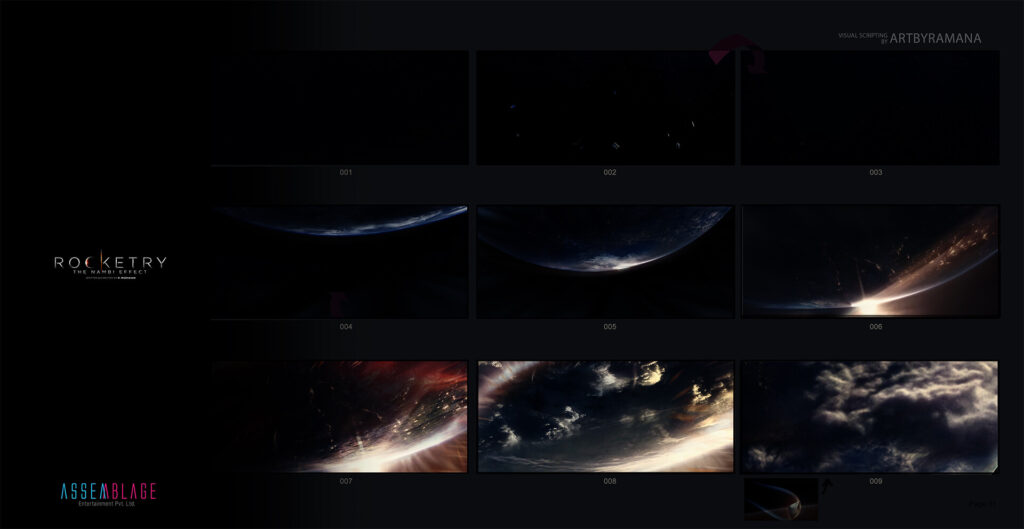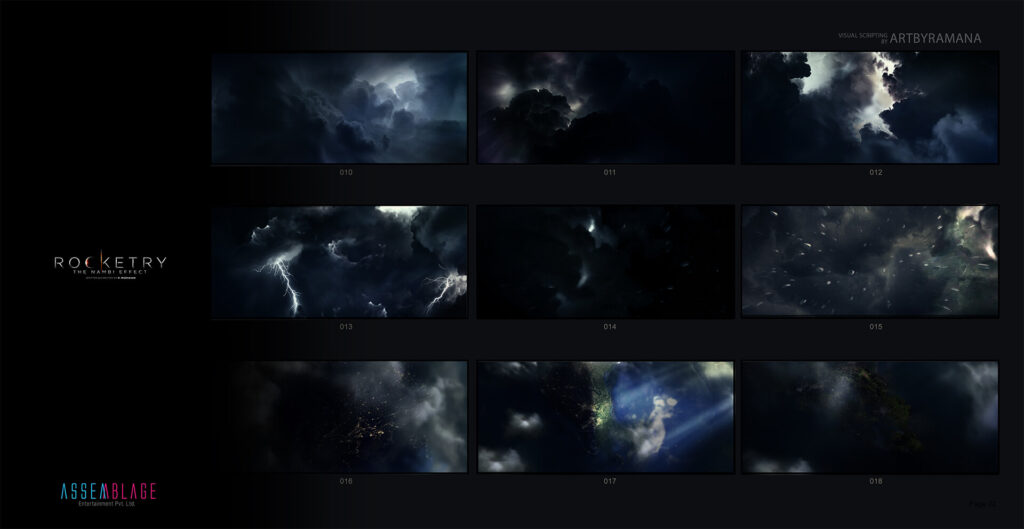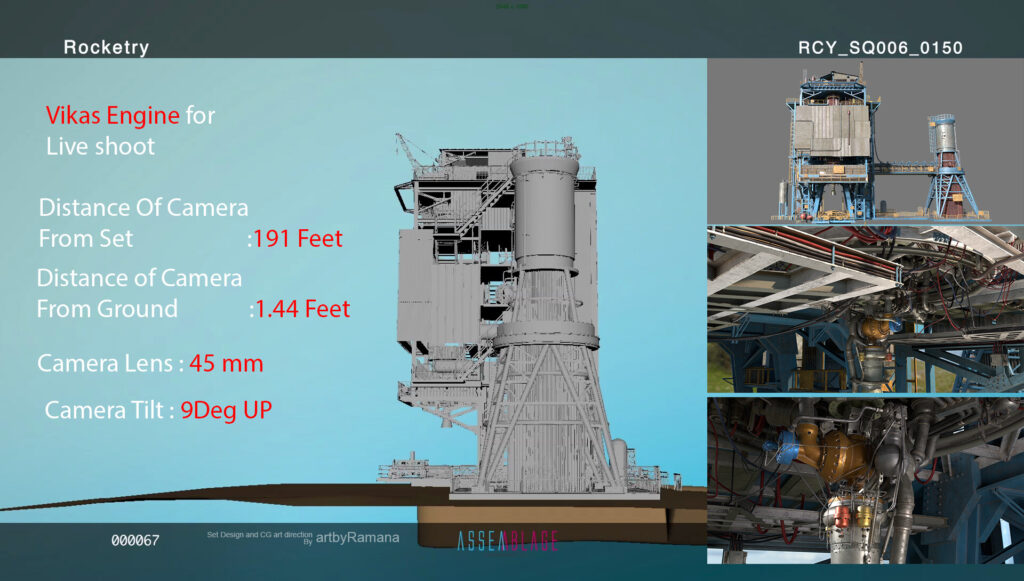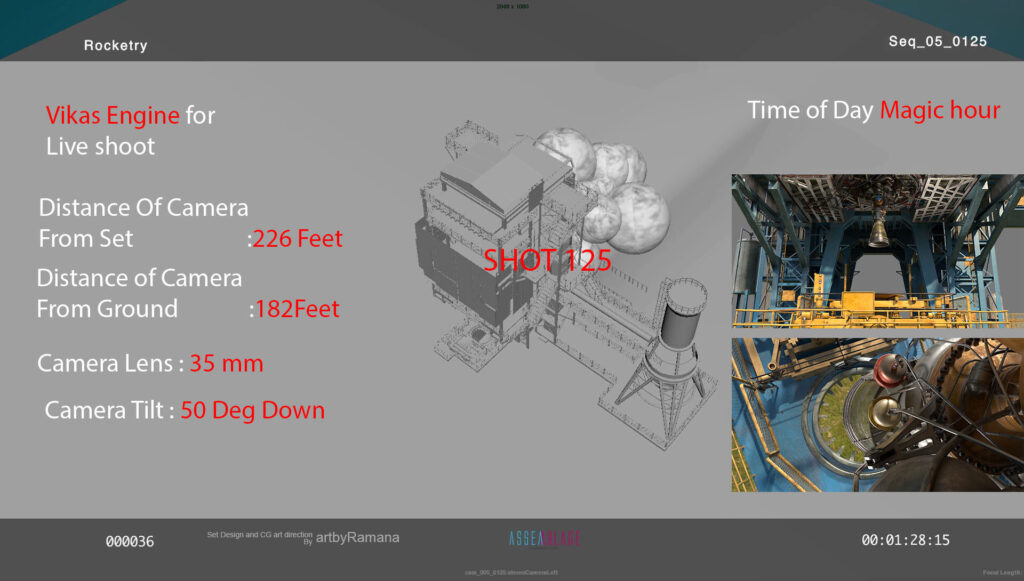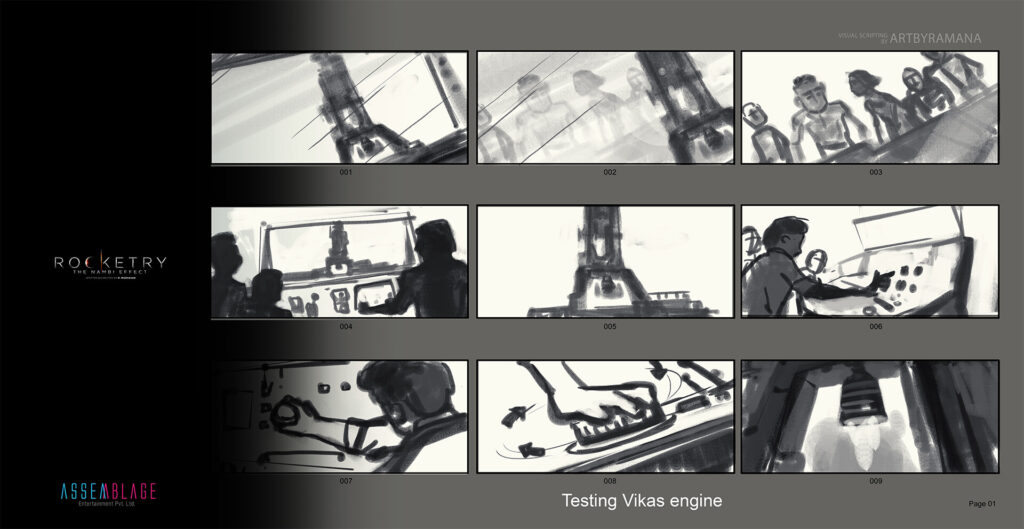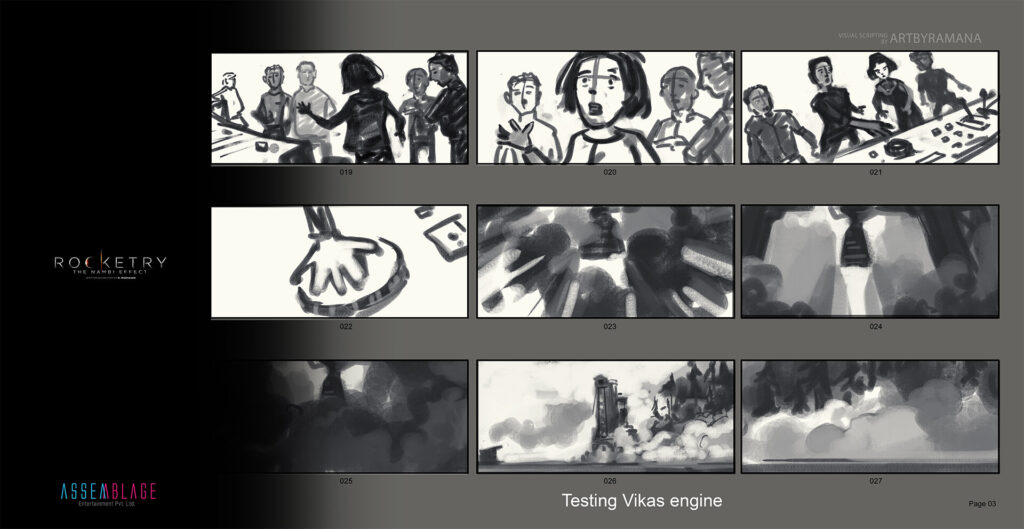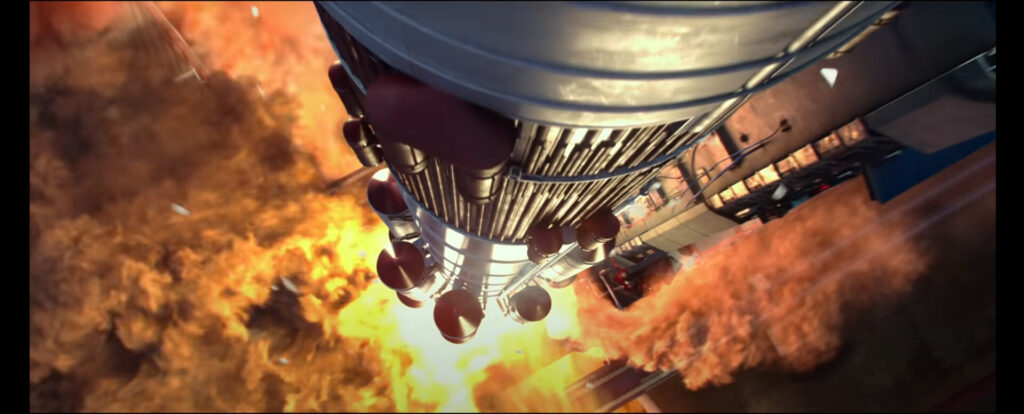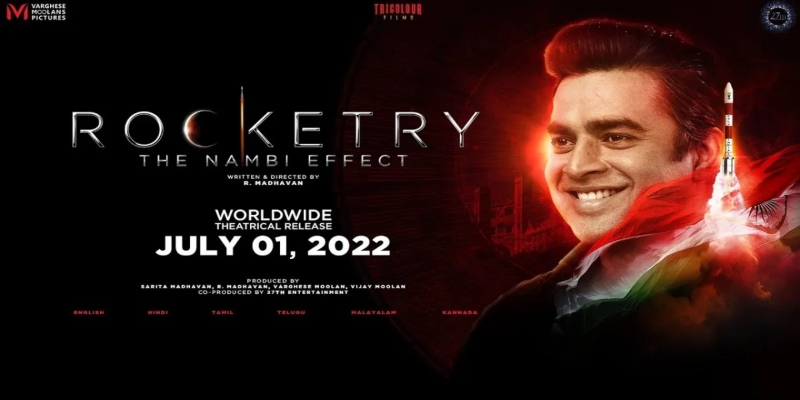
Having been known in the animation industry for delivering excellent quality work, Assemblage Entertainment recently ventured into VFX space by working on the directorial debut of actor R Madhavan’s Rocketry: The Nambi Effect. It was an opportunity that landed at their doorstep, which the company had never thought about. Although hesitant as well as reluctant about VFX, they accepted the offer with open arms.
In an in-depth conversation with Animation Xpress, Assemblage CEO Arjun Madhavan and VFX supervisor Vidit Kundra talked about how they ventured into VFX, their collaboration with R Madhavan, the creative process and much more.
For the first time ever, team Assemblage was approached to do VFX for a film. In Arjun Madhavan’s words, “The collaboration with R Madhavan was very organic and it was like a meeting of two energies, we couldn’t have asked for a better launch in VFX space. It’s not only our launch in VFX but also in the Indian film industry and there’s a lot to be done.”
“Assemblage has proved to be such a big asset for Rocketry that I can never explain the amount of gratitude I feel for them, their commitment and hard work and the time they have invested,” said the Rocketry actor-director R Madhavan about the collaboration with Assemblage. “The best part is that the VFX of the movie is appreciated globally,” he further added. Along with penning the film, R Madhavan has also played the lead role of Nambi Narayanan in the film.
Madhavan (Maddy) was very clear in terms of plans on how and what type of VFX was needed for the film. “Maddy is visionary and he was very understanding on the shoot and he knew exactly what the output would be before we went on shoot. He and his art department had done good research and provided us with sub references of what he was looking for in the final output,” said Kundra about R Madhavan’s involvement in the VFX.
The shift from animation to VFX was challenging for the team because they didn’t have an in-house VFX pipeline. As they started working on the film, the team simultaneously began to develop the pipeline. They started working on Rocketry in November 2018 but as a result of the Covid-19 pandemic the film was released in 2022. In the meantime they got to work on Spider-Man: No Way Home and Netflix’s Matilda.
The in-house VFX unit of Assemblage consists of 100 artists who with the help of storyboarding worked on the major well-executed VFX sequences. A huge amount of research was done by both the director R Madhavan and the artists at Assemblage in order to give out the best results. Team Assemblage took references from pictures and ISRO videos available on YouTube to create the rocket launch and testing sequences which are an integral part of the film.
Rocket launch shot
As per Kundra, Madhavan approached the team and told them that he wanted to create a long shot of the rocket which was never seen before in a film. To get to the final output it took around three to four months as it was challenging considering the simulations and rendering. “Not just the simulation, to get the details on the rocket and its stand took time. We had done the texturing on the whole rocket. One can actually see the scratches on the rocket upon being zoomed in. Even the nut bolts that were added were different as we had modelled it that way,” said Kundra.
Engine testing shot
This being one of the intense scenes of the movie, the main aim of the creators was to make this scene and the rocket engine look as real as possible. While devising this scene, the VFX team made sure the CG rocket engine behaves as the real engine would. The nuances like the engine being frozen because of too much heat and the engine turning into hot red colour as the heat increases were created in a way that made it visually appealing.
Sriharikota explosion shot
Madhavan wanted this scene to scientifically turn out well hence he wanted the Assemblage team to create a realistic explosion and instead of opting for one big explosion of the engine, Madhavan wanted the explosion to be in multiples, by blasts happening one after another. Director also gave input on the elements that would fly out from the engine after the explosion. To show the director how the scene would turn out, Assemblage took the help of previs for this particular scene.
Opening sequence
This scene is marked as Assemblage’s first VFX sequence and the director wanted it to be impactful. The entire CG globe is shown and the camera pans through different environments and weather conditions like lightning, thunder and rain moving towards Nambi’s house in an entirely first-person perspective long shot. The artists have depicted lightning, thunder and rain in this scene in such a way that created an effect of drama accompanied by sound. The scene was executed so seamlessly that one can’t point out the fact that CG shots and drone-captured shots were merged. This was also one of the challenging sequences as the scale of it was huge and they wanted it to look more like VFX and not CGI in the end.
With the success of Rocketry: The Nambi Effect, the team of Assemblage is looking forward to working on more films on the VFX front.

